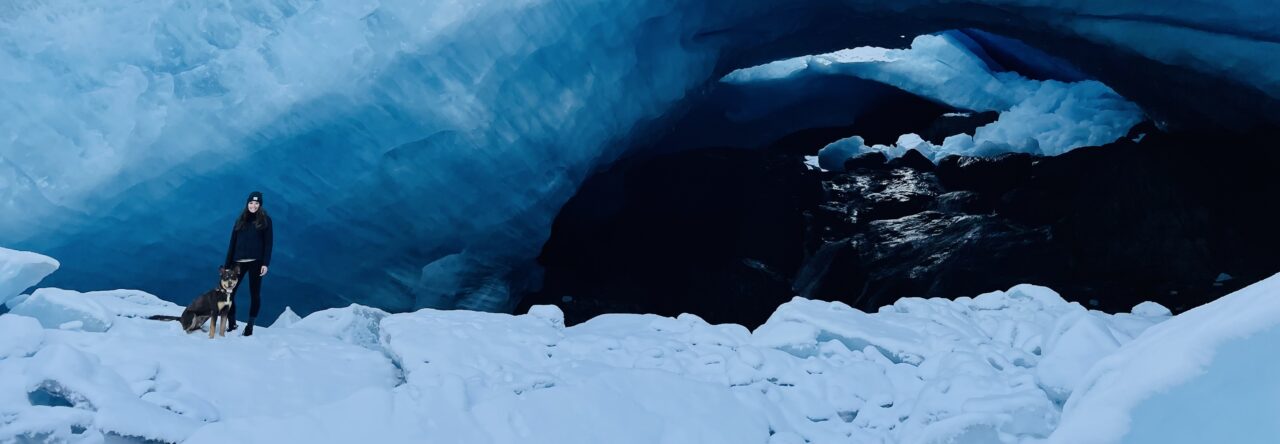Educators respect and value the history of First Nations, Inuit and Metis in Canada and the impact of the past on present and the future. Educators contribute towards truth, reconciliation and healing. Educators foster a deeper understanding of ways of knowing and being, histories, and cultures of First Nations, Inuit and Metis.
Life Writing Assignment: Block 5
How did you apply Standard 9 and the learnings of EDUC 446 in your teaching during your practicum experiences (EDUC 490)?
I was placed in a Kindergarten class in Chilliwack with an Indigenous educator who has 23 years of teaching experience, 20 of those years being in kindergarten. She is an incredibly well-respected teacher within the community, and I was very intentional in going into my practicum with openness. I was open to whatever knowledge she was willing to share with me and any feedback she could give me. I knew that to get the most out of this practicum experience, I would need to establish a close relationship with my mentor teacher. Forming a close relationship with Kelly was surprisingly easy to do. She was very easy to talk to, and the more we shared with each other, the more we had a lot in common. We are both very passionate about the outdoors, exploring, hiking, running, camping and just downright adventure. I was lucky enough to go out on three different hikes with Kelly. It was really nice to spend time together outside of the classroom.
Next, I began to build a relationship with the students in Kelly’s class. I was pleasantly surprised at how open and receptive the students were to having me in their classroom. Kelly’s classroom routine is very special: she plays her drum every morning, and she and her students sing a “Welcome” song in the local, indigenous language, Halq’eméylem. They also sing a “Goodbye my friends” song at the end of each day. I was lucky enough to learn both of these songs and partake in singing them with the class each day. Kelly shared with me that an Elder shared this song with her over twenty years ago. It has been a special part of her class every year since. On my last day of practicum, Kelly asked me to lead the goodbye song and had a couple of students do the drumming. It was a very meaningful way to end my time in the classroom.
I was eager to learn more Halq’eméylem to share and practice with the class. The class already knew the word for “eagle” because that is the school mascot, so they were thrilled that they were able to teach me something that I didn’t know. By the way, “eagle” is sp’óq’es in Halq’eméylem (pronounced spa – kiss). I love how Kelly integrated local Indigenous knowledge into her classroom. I did my best to teach the students some new vocabulary relevant to their learning. I taught them the word for bear and some different colours. I also taught them the Sm’álgyax greeting used where I live: “Ama Sah.”
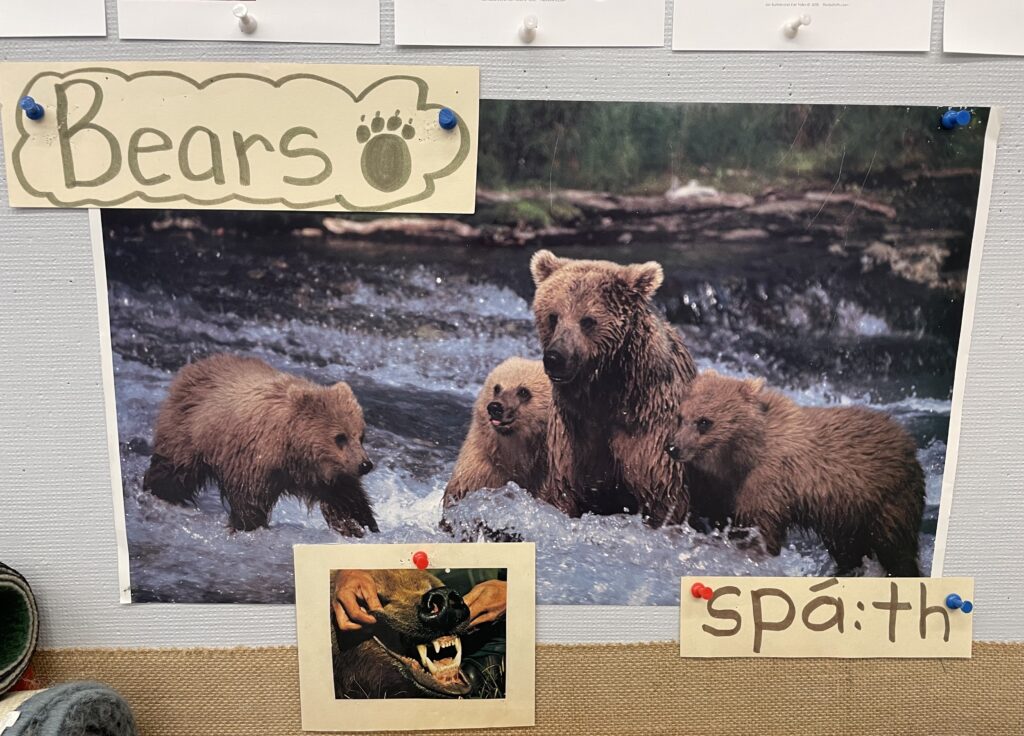
While learning about bears, I read different stories about bears from different cultures. I read a book called “The Polar Bear Son: An Inuit Tale,” which is a heartwarming retelling of a traditional Inuit story. We also read the story of The Mischievous Cubs by Teresa Mitchell, a local Stó:lō story and had students practice recounting the story using loose parts.
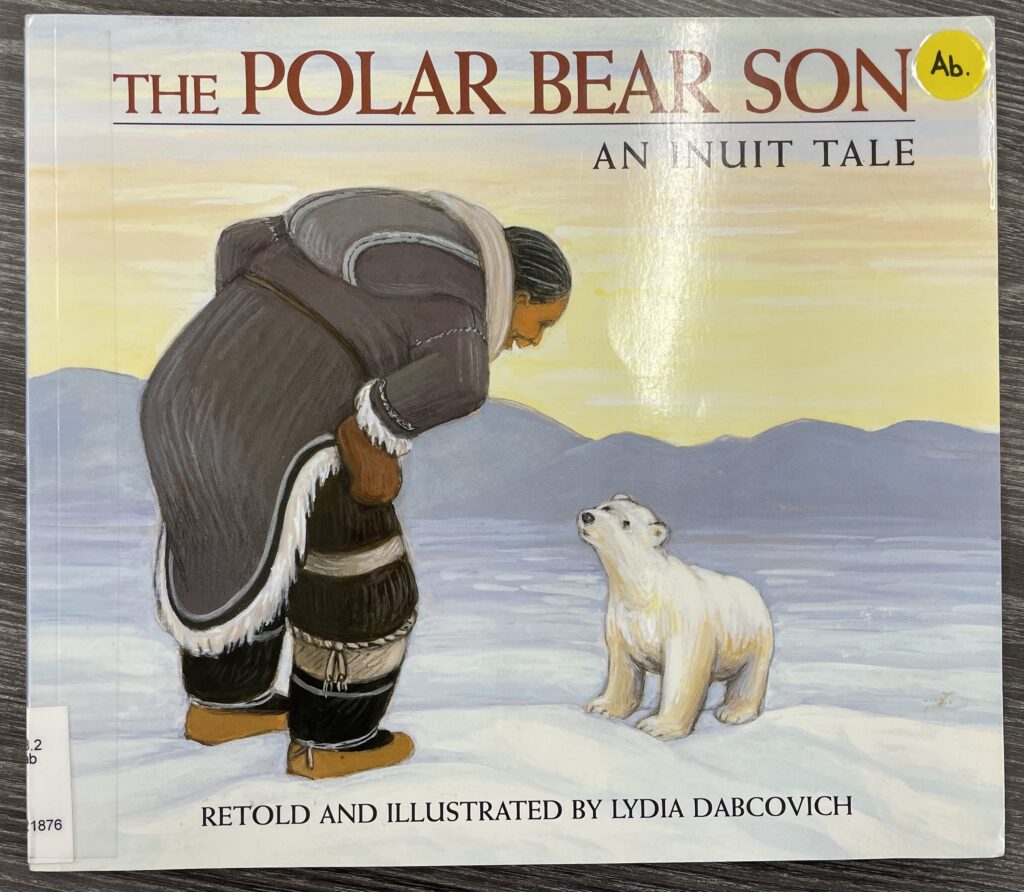
The most significant way I modelled standard 9 of the Professional Standards for BC Educators was by taking students out of the classroom and intentionally connecting with the land in meaningful ways. We were super fortunate to be close to the Vedder River, so we would go for a nature walk to the river once a week. Every Wednesday, we would walk to a giant cedar tree near the river, Kelly would bring her drum, and we would since our welcome song as a class. Then we would walk towards the river, stopping to talk about what we noticed. We spoke about how nature was transitioning, how the leaves were falling off the trees, and the temperature felt colder. We could smell salmon that had spawned in the river and were now starting to die and decay, going back into the earth.
I grew up in Chilliwack and was raised by an avid fisherman. I felt confident talking to students about the type of salmon we saw in the creek and the different animals that were attracted to the area because of all the salmon. These walks were invaluable because they allowed students to connect with the land and see how what we were learning about the seasons and animals was all relevant to what was happening outside the classroom walls. These adventures were my favourite part of my practicum.
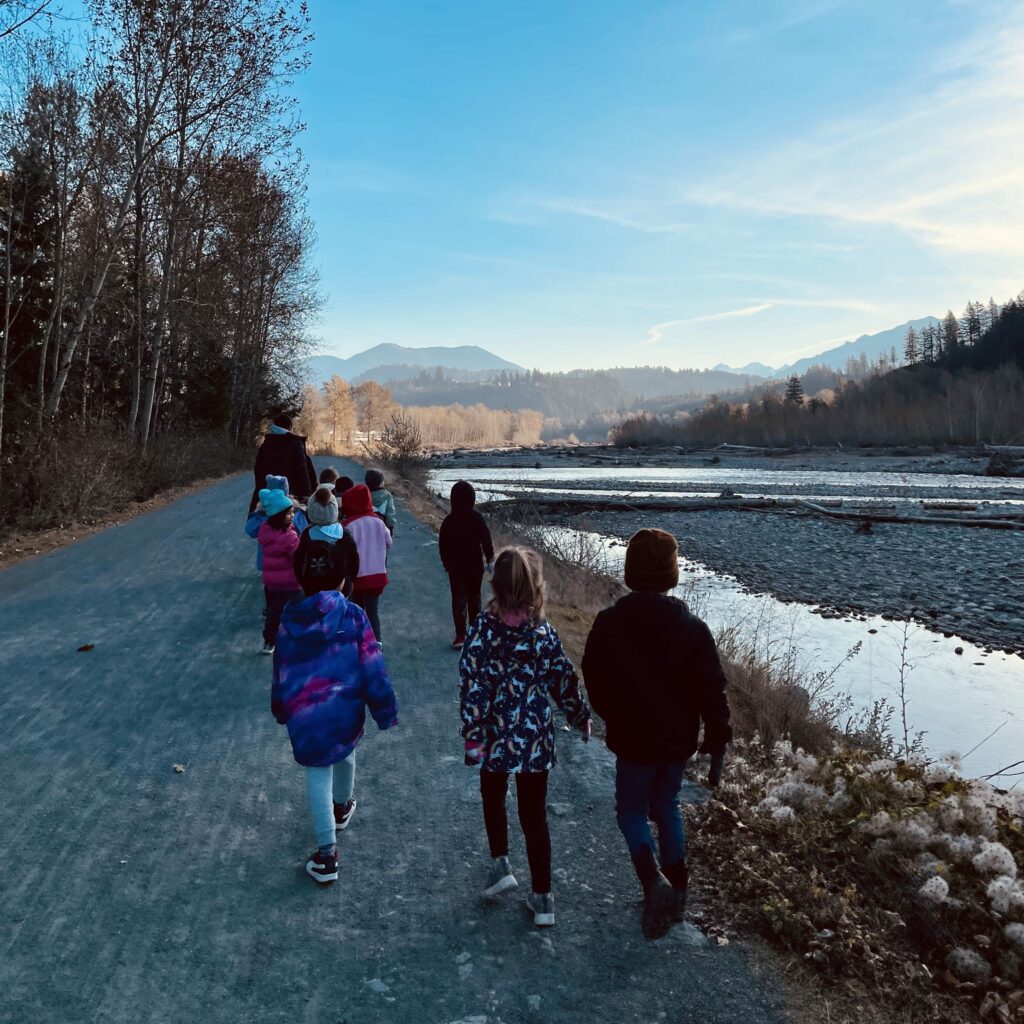
Finally, I used my math lessons on patterns to incorporate learning about Indigenous beadwork. I was able to get a resource from the school district’s Indigenous Education Department called “We Can Bead.” It included a couple of books on the history of beading, what beading was used for and about five different samples of the types of beads that were used before plastic was an option (ie. beads made of wood, bone, stone, shells etc.). We looked at some Metis floral beadwork and analyzed the patterns. Then students created their own beaded necklaces that all incorporated a pattern of the student’s choice. It was inspiring to see how proud the kids felt of the necklaces they created and to see them wear them and show them off for the rest of the day.
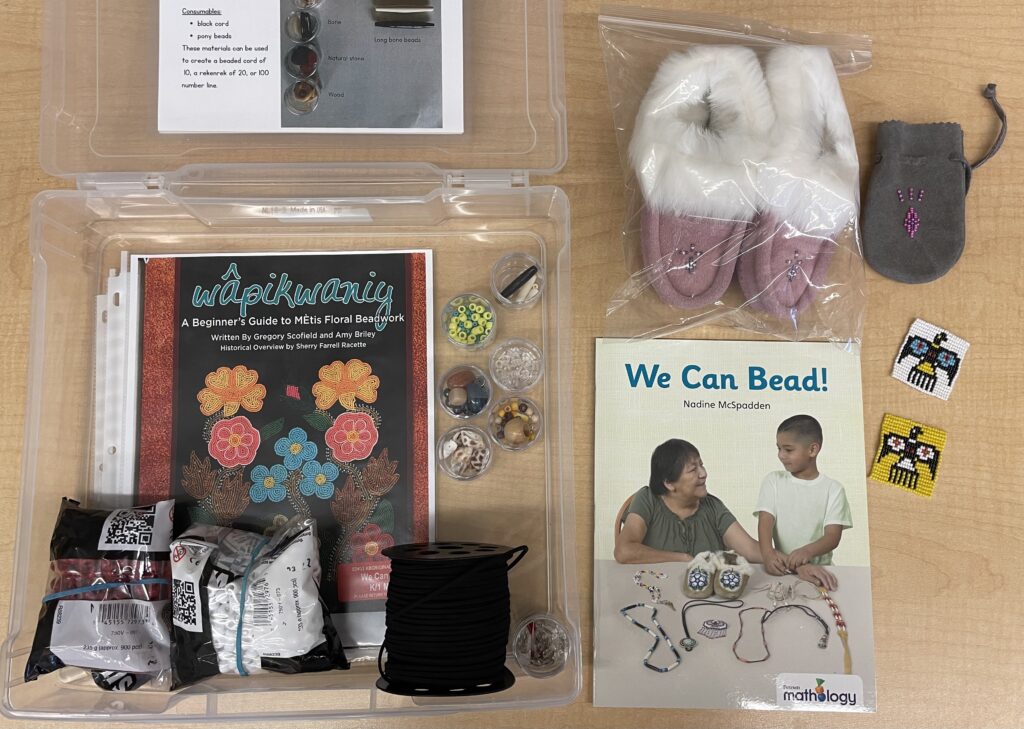
Overall, I am proud of the work I have done over the past four weeks. I will admit that the process was easier because I was stepping into a very well-oiled machine thanks to Kelly’s hard work and talent. Because of the relationship we established, I feel she was very supportive of my ideas and open to helping me make my visions possible for different lessons I wanted to try out. Our mutual respect for each other made it easier to give and receive feedback on my teaching. I believe I was intentional about incorporating First People’s Principles of Learning into all of my lessons. Although some were executed more flawlessly than others, the intention was there, and I tried my best.
